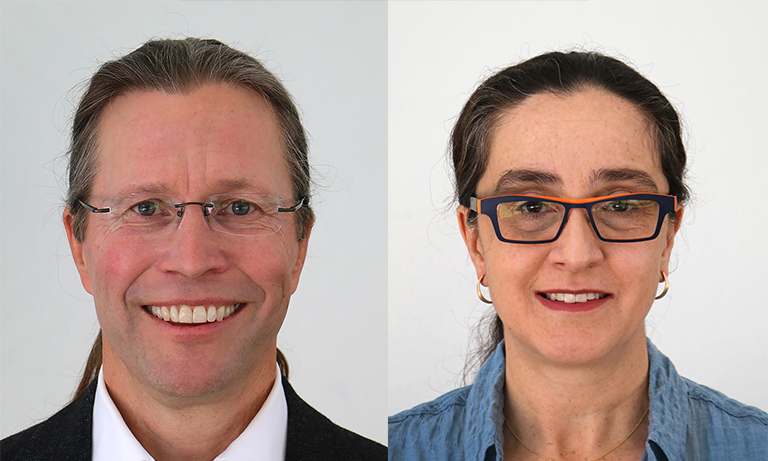Nazli Yesiller and James L. Hanson, Civil and Environmental Engineering, and a team of researchers were recently published in the Journal of Geotechnical and Geoenvironmental Engineering. The article, “Hydration Fluid and Field Exposure Effects on Moisture-Suction Response of Geosynthetic Clay Liners,” is largely based on Jake Risken, project engineer at Group Delta Consultants, and his master’s thesis. He presented different aspects of his work at the 18th International Conference on Soil Mechanics and Geotechnical Engineering in Paris, France, and at the 15th Asian Regional Conference on Soil Mechanics and Geotechnical Engineering in Fukuoka, Japan. Barry Darius was an undergraduate researcher in the NSF-funded REU program.
Abstract
Effects of hydration fluid and long-term field exposure on moisture-suction relationships for three types of needlepunched geosynthetic clay liners (GCLs) containing granular sodium bentonite were investigated using the pressure plate, filter paper, and relative humidity methods over a wide range of suction (0–400,000 kPa). Tests were conducted on virgin GCLs hydrated with deionized (DI) water, tap water, and a 0.07 M CaCl2CaCl2 solution as well as a GCL exhumed from a landfill cover test plot 9 years after installation. Hysteresis in the moisture-suction relationship decreased progressively for GCLs hydrated with DI water (maximum hysteresis) to tap water to the CaCl2CaCl2 solution to the field exhumed conditions (minimum hysteresis), with the drying and wetting paths of the moisture-suction relationship converging for the tests with CaCl2CaCl2 solution and the exhumed GCL. The liquid limit, plasticity index, swell index, bulk void ratio, and water content at zero suction decreased as the hydration condition varied from DI and tap water to the CaCl2CaCl2 solution and the field exhumed specimen. Both crystalline and osmotic swelling occurred in the GCLs hydrated with DI and tap water, whereas only crystalline swelling occurred in the GCLs hydrated with CaCl2CaCl2 and in the field-exposed GCL. The field-exhumed GCL exhibited nearly complete cation exchange. Mole fractions of Na+Na+ bound to the bentonite decreased from 61% in DI water to less than 1% for the exhumed GCL.


